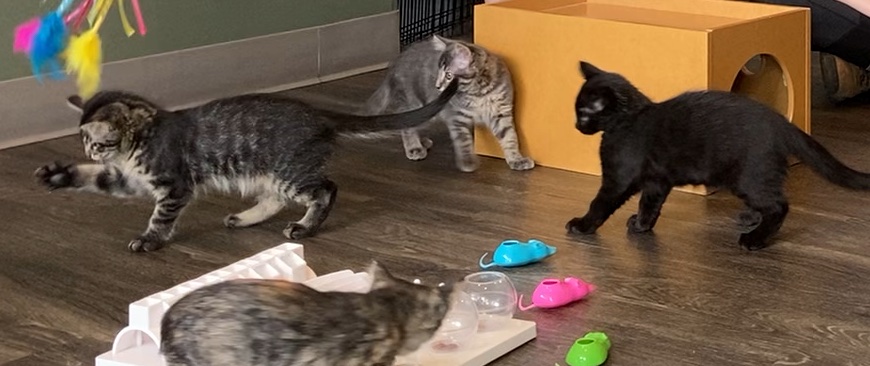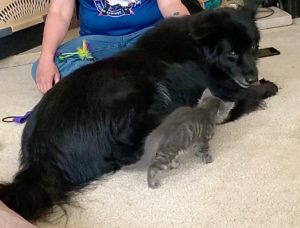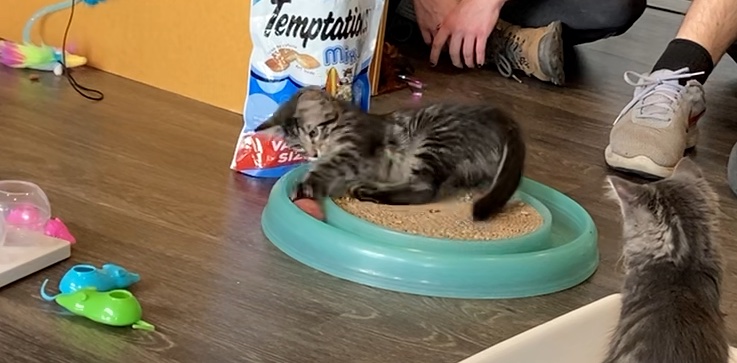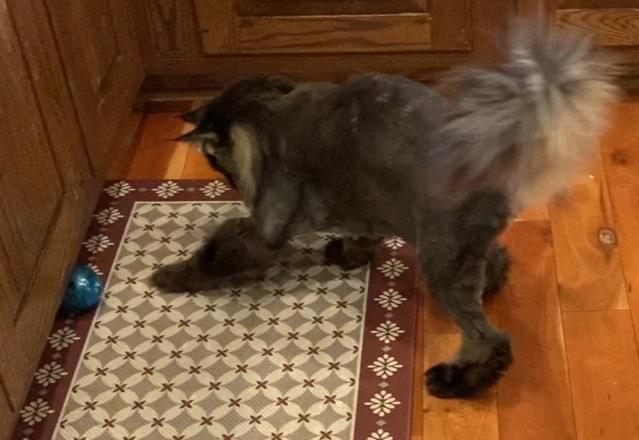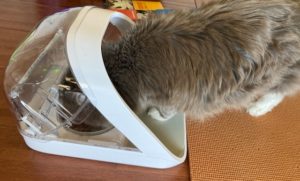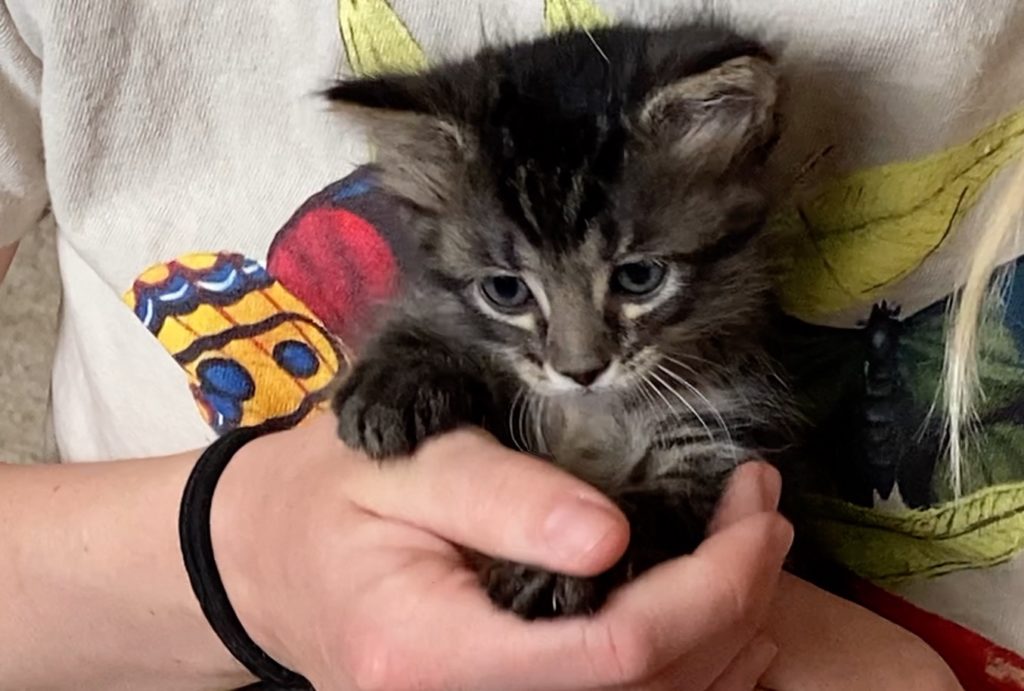
We will soon be entering “kitten season” in Colorado. Although cats indoors can breed at any time of the year, the wild cat population typically mates in January and February. The kittens will be born in April and May, during warmer temperatures when prey is more abundant.
Like any other baby animal, kittens depend on their mothers for survival. What happens if the mother is killed or trapped? What if the mother abandons her kittens?
If part of a cat colony, the mother’s sisters would take over the care of the kittens. The females in the colony share the role of parenting the kittens. Females of the same social group who give birth around the same time will nurse each other’s kittens, allowing each other a chance to go off and hunt.
Not all cats live in colonies – some live a more solitary existence. If something happens to the solitary mother, her kittens’ outlook for survival is bleak. With human intervention, some of these kittens will survive. Will the kitten raised by humans make a good pet?
Raising kittens – the role of the mother cat
Kittens are born helpless, unable to regulate their own temperature. Their eyes won’t open until they are a week old. They are dependent on their mother for warmth and round-the-clock feedings. She must lick them to stimulate urination and defecation until they are about 3 weeks old. (Bringing up a litter of kittens)
time to grow up and learn to hunt
- When the kittens are 3-4 weeks old, the mother cat begins to bring back “dead” prey to them
- In the next few weeks, mom brings back fatigued or injured prey. The kittens start to practice their hunting skills.
- If a kitten loses control of the prey, mom is there to recapture it.
- The kittens see their mother eating the prey so they eat the prey.
- The mother cat shows the kittens how to bury urine and feces at this time. (Veterian Key)
weaning
As the kittens begin to eat solid food, the mother starts to restrict their nursing.
- she leaves the nest for longer periods of time
- she makes it harder for the kittens to nurse by crouching or lying on her stomach
- she may hiss or growl at them when they try to nurse
- she climbs out of their reach for extended periods of time.
This is a frustrating time for the kitten – he or she is hungry but cannot have milk and must find other food to eat; this frustration encourages the kitten to turn his attention to his hunting and survival skills. His first prey may be a crunchy insect!
the kitten RAISED BY HUMANS
Fosters of pre-weaned orphan kittens are some of the unsung heroes of the animal rescue world. In addition to feeding kittens up to 10 times in 24 hours, keeping them warm, and stimulating them to urinate and defecate before and after feeding, fosters must try to mimic the social stimulation (see below) that the mother would provide. (Hand-rearing kittens)
-

A kitten is brushed with a soft toothbrush. Mother cats lick their kittens overall to clean them, provoke urination and suckling, provide comfort, and strengthen their social bond. Human caregivers may use brushing to mimic grooming by the mother cat.
- Fosters must show kittens how to use the litter tray at 3-4 weeks.
- Fosters must wean the kittens and transition them to solid food.
- Fosters should expose the kittens to a variety of people and friendly pets.
The “Tarzan” kitten – The kitten raised by humans
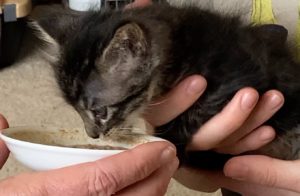 A human caregiver cannot replace a kitten’s mother – after all, we are not cats. For example, how does a human foster mimic the frustration accompanying weaning that encourages the kitten to get his own food? Kittens raised without their mothers and siblings are prone to behavioral issues – they don’t know how to deal with frustration; early separation from the mother may cause changes in brain function.
A human caregiver cannot replace a kitten’s mother – after all, we are not cats. For example, how does a human foster mimic the frustration accompanying weaning that encourages the kitten to get his own food? Kittens raised without their mothers and siblings are prone to behavioral issues – they don’t know how to deal with frustration; early separation from the mother may cause changes in brain function.
Some behavior problems commonly seen in orphaned kittens:
- fear and aggression toward people and other cats
- fear of new things
- lack of social skills
- overly dependent on caregiver
- lack of bite inhibition – the kitten does not know how hard to bite
- “wool sucking” – sucking on fabric, other kittens or human earlobes. The kitten could hurt the litter mate or person or ingest something harmful.
These behaviors often can be managed with gentle handling and training.
tips for adopting the kitten raised by humans
- Adopt a kitten that was raised with her litter mates or other adult cats – she will learn how hard to bite, since her litter mates will bite back; older cats will also offer a response to inappropriate play behavior.
- Adopt 2 kittens around the same age, from the same litter if possible
- Choose kitten(s) that were exposed to a variety of people when they were 2-7 weeks old
- Ask if the kitten(s) had different environmental experiences: car rides, television, vacuum cleaners.
Whichever kitten(s) you choose, please consider training your kitten(s).
- Training allows you to communicate with your kitten
- Training gives you a way of managing undesirable behaviors, potentially replacing them with appropriate behaviors
- Training has been shown to improve socialization in shelter cats, making them more adoptable.
Patience, gentle handling, and training can help the kitten raised by humans become a valued member of your household.
Kitten season can be overwhelming for rescue organizations.
Want to help?
- Adopt
- Foster
- Donate
What if you find a litter of kittens by themselves?
- Keep an eye on them – the mother could be out hunting
- Contact your local cat rescue
- If she does not return after several hours or the kittens are in danger, you may need to act

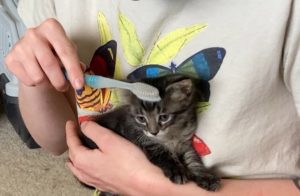
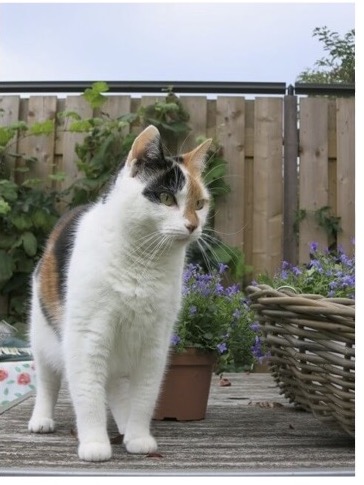
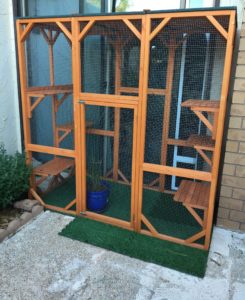
 cat on a morning or afternoon walk in your backyard or neighborhood. After all, getting outdoors is good for us too! It never hurts to have your cat harnessed even in a fenced backyard – this way you can clip the leash on as needed. If you walk your cat in public places, make sure to have kitty in a harness with leash and have a mobile “outdoor safe place” – stroller or backpack – with you.
cat on a morning or afternoon walk in your backyard or neighborhood. After all, getting outdoors is good for us too! It never hurts to have your cat harnessed even in a fenced backyard – this way you can clip the leash on as needed. If you walk your cat in public places, make sure to have kitty in a harness with leash and have a mobile “outdoor safe place” – stroller or backpack – with you.